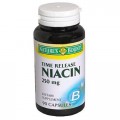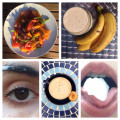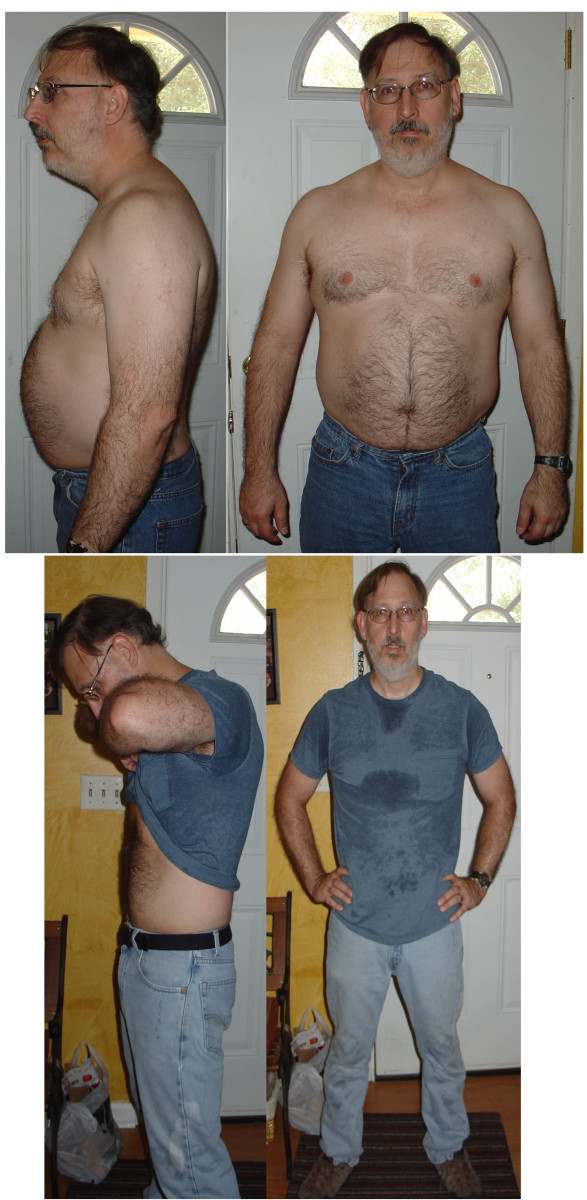How to increase your good cholesterol
Cholesterol is lipid present only in animal tissues such as meat, egg yolk, and dairy products. It can exist in free form or can be esterified with a fatty acid. Cholesterol per se is not good or bad. The so called "good" cholesterol refers to the cholesterol associated with high-density lipoprotein (HDL) and the "bad" cholesterol is the cholesterol transported as low-density lipoprotein (LDL).
Total cholesterol in our body is not as important as how cholesterol is distributed between these two transport lipoproteins. Ideally, for the sake of our health, it is desirable to maintain relatively high HDL and relatively low LDL. Therefore, the concept of "good and bad cholesterol came into being.
LDL-C, or "bad," cholesterol carries cholesterol throughout your body, depositing it to your artery walls. Cholesterol buildup forms plaques that make arteries harder and narrower, which is the big risk of coronary artery disease.
HDL-C, or "good," cholesterol picks up excess cholesterol in your blood and takes it back to your liver for disposal. The higher your HDL cholesterol, the less bad cholesterol you'll have in your blood.
In order to improve or maintain our health, it is important to raise our HDL cholesterol (HDL-C) or reduce LDL-C. The following discussion will be focused on how to effectively raise HDL-C.
Physical exercises
Scientists from McGill University, Canada reported that weight loss achieved through exercise is more effective at raising HDL levels than dieting. Exercise mediates positive effects on HDL levels at least partly through changes in enzymes of HDL metabolism. Increased lipid transfer to HDL by lipoprotein lipase and reduced HDL clearance by hepatic triglyceride lipase as a result of endurance training are two important mechanisms for increases in HDL-C observed from exercise. Exercise duration is more effective than exercise intensity to increase HDL-C.
Maintain healthy body weight
Overweight or obesity can results in increased LDL-C and reduced HDL-C. If you are overweight, reducing your weight should increase your HDL levels. This is especially important if you stored excess weight in your abdominal area. To keep your weight in a healthy range, focus on permanent changes to your eating and exercise habits. Motivate yourself by remembering the benefits of losing weight, such as a healthier heart, more energy and improved self-esteem.
Change your diet
1. Increase the monounsaturated fats in your diet. Monounsaturated fats such as canola oil, avocado oil, or olive oil and in the fats found in peanut butter can increase HDL cholesterol levels without increasing the total cholesterol.
2. Minimize trans-fat intake. Trans-fat is formed from adding hydrogen to vegetable oil through a process called hydrogenation. Using trans fats in the food manufacturing helps foods stay fresh longer, have a longer shelf life and have a less greasy feel. Originally, trans- fats were thought a healthy alternative to animal fats because they're unsaturated and come primarily from plant oils. However, in 1990 scientists discovered that trans-fats appeared to both increase LDL cholesterol and decrease HDL cholesterol. More studies over the years confirmed this. Commercial baked goods such as crackers, cookies and cakes and many fried foods such as doughnuts and French fries contain trans fats. Shortenings and some margarines also are high in trans-fat.
3. Add more soluble fibers in your diet. Soluble fibers are found in oats, fruits, vegetables, and legumes. Adding more soluble fibers into your diet can reduce LDL cholesterol and increase HDL cholesterol. For best results, at least two servings a day should be used.
4. Drink cranberry juice and red wine. Cranberry juice is known to help lower your total cholesterol levels, including your LDL, increase your HDL-C. Researchers found that dringking three glasses of cranberry juice per day raised good cholesterol 10%, which in turn decreased their risk of heart disease by 40%. Tannins and flavoniods in red wines can raise the levels of high-density lipoproteins (HDL) and reduce low-density lipoproteins (LDL) in the blood.
5. Eat some garlic. Garlic as a natural remedy reduces a multitude of risk factors which play a decisive role in the genesis and progression of arteriosclerosis. It has been reported that eating two garlic cloves per day for 2-3 months can significantly decrease total and LDL-C and increase in HDL-C. If you don't like the smell of eating raw garlic, some garlic supplements or garlic extracts are available on the market.
Quit smoking and coffee drinking
If you are smoking, quit it. If you are not, please don't start it. Some research results indicated that tobacco smoking (whether active or passive) will result in an increase in HDL levels. Coffee drinking can increase LDL-C. Adverse interactive effects of smoking and coffee drinking on HDL-C have also been reported.
There are many ways you can increase your good cholesterol. The important thing is that you need to discipline yourself a little bit if you want to have a healthy living. Don't just do whatever you like, but do whatever is good for your health.








